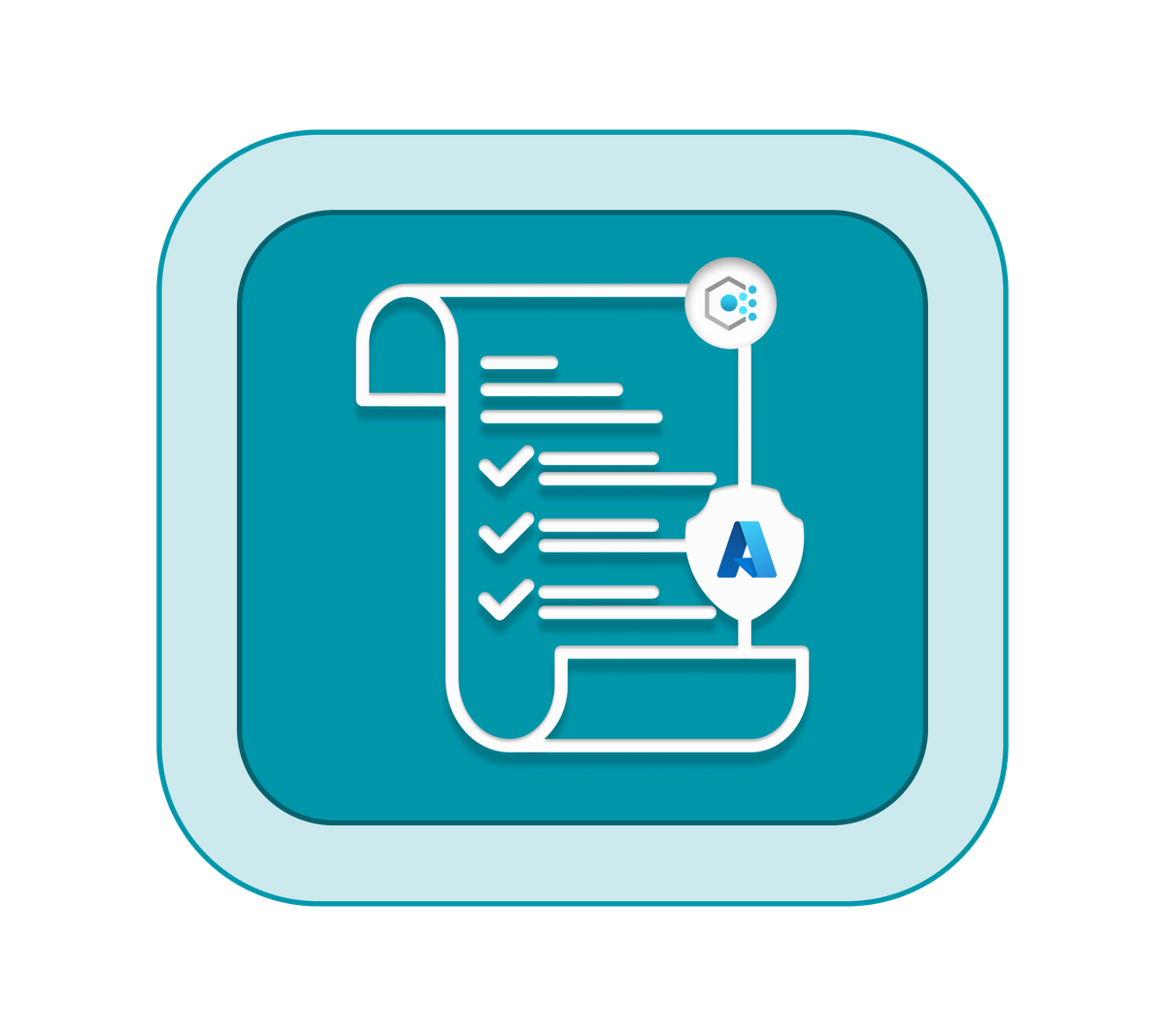Getting Started with Azure Policy
As the Cloud ecosystem continues to grow, managing resources while ensuring compliance can become a complex task. Azure Policy is the solution to this challenge. In this article, we will discuss what Azure Policy is, why it is indispensable, and how to utilize it.
What is Azure Policy?
Azure Policy enables you to create, assign, and manage policies to enforce rules and settings across your resources. These policies help organizations maintain compliance with their corporate standards and regulatory requirements. Azure Policy can be a game-changer for managing and governing your Azure environment effectively.
Why Azure Policy Matters?
- Enforce Compliance: For many organizations, maintaining compliance with industry standards and internal policies is crucial. Azure Policy allows you to define and enforce rules to ensure that your resources adhere to these standards.
- Resource Governance: As your organization's Azure footprint grows, resource governance becomes increasingly important. Azure Policy provides a way to manage and control resources, ensuring that they are used efficiently and securely.
- Cost Control: Unchecked resource creation can lead to unexpected costs. Azure Policy helps you set rules to prevent the creation of costly or unapproved resources, helping to manage expenses effectively.
- Security: Implementing security best practices is paramount. Azure Policy can enforce rules related to network security, data encryption, and more, thereby enhancing your overall security posture.
Solving Common Cloud Challenges
- Resource TaggingEnsure all Azure resources have consistent tags for better organization and tracking.
- Access ControlRestrict access to sensitive resources, allowing only authorized users and apps to interact with critical data.
- Cost ControlSet budgets and limits to prevent overspending on cloud resources.
- Compliance CheckEnsure that all Azure resources meet your organization's compliance requirements.
- Naming ConventionsImplement naming standards for resources to improve identification.
- Data EncryptionAdd extra security by enforcing data encryption for both stored and transmitted data.
- Resource ProtectionPrevent accidental changes or deletions by applying locks to crucial resources.
- Automated DeploymentAutomatically create resource sets when specific conditions are met, simplifying resource provisioning.
Understanding Azure Policy Evaluation Process
Resources are evaluated at specific times during the resource lifecycle, the policy assignment lifecycle, and for regular ongoing compliance evaluation. The following are the times or events that cause a resource to be evaluated:
- A resource is created or updated in a scope with a policy assignment.
- A policy or initiative is newly assigned to a scope.
- A policy or initiative already assigned to a scope is updated.
- During the standard compliance evaluation cycle, which occurs once every 24 hours.
Understanding Key Concepts
- Policy DefinitionThis is a set of rules that specifies how your Azure resources should be configured or behave. It helps enforce rules and standards in your Azure environment.
- Policy InitiativeA collection of related policy definitions bundled together for easier management, especially when dealing with complex compliance needs.
- ComplianceThis term measures how well your resources adhere to the rules set in policy definitions. Resources are compliant when they meet these rules.
- AssignmentThe process of applying policy rules to specific parts of your Azure environment, ensuring that your policies are actively enforced.
- ExemptionA temporary allowance for specific resources to temporarily deviate from policy rules,
Sample Policy: Enforce Environment Tags in Azure Resources
This sample policy, titled "Enforce Environment Tags in Azure Resources," demonstrates how to ensure standardized tagging practices across your Azure environment. By specifying allowed environment values, this policy helps enforce the use of tags, promoting consistency and control in resource management. Let's explore how it works and why it's essential for governance and organization in Azure.
{
"mode": "All",
"parameters": {
"allowedEnvironments": {
"type": "array"
}
},
"policyRule": {
"if": {
"allOf": [
{
"field": "tags['environment']",
"exist": "true"
},
{
"not": {
"field": "tags['environment']",
"in": "[parameters('allowedEnvironments')]"
}
}
]
},
"then": {
"effect": "deny"
}
}
}Policy Purpose: This Azure Policy ensures that Azure resources are tagged with specific environment values to maintain consistency and control.
Parameters:
- allowedEnvironments: This parameter allows you to specify a list of allowed environment tags, such as "PROD," "DEV," and "TEST."
Policy Rule:
If :
- The policy checks if the "environment" tag exists on resources.
- It verifies that the "environment" tag value is not in the list of allowed environments specified in the "allowedEnvironments" parameters.
Then :
- If a resource's "environment" tag does not match an allowed value, the policy's effect is set to "deny."
- This prevents the creation or modification of the resource until the tag complies with the allowed values.
Effect :
- The effect of this policy is set to "deny" when non-compliance is detected. It ensures that only resources tagged with the specified environments are allowed, promoting standardized tagging practices in your Azure environment.
In short, Azure Policy empowers organizations to maintain order, security, and compliance while optimizing resource management and cost control within their Azure environment. For more details, check the link https://learn.microsoft.com/en-us/azure/governance/policy/overview, and stay tuned for further insights.

